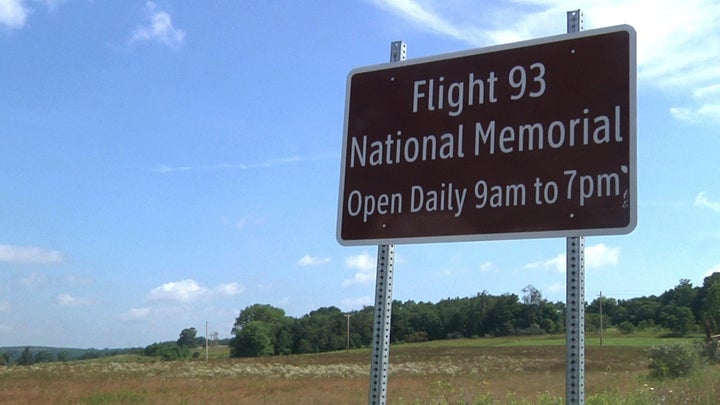
The people must tell the story -- this was the only acceptable answer for Ruth Sergel, documentary filmmaker and activist.
From February 2002 to February of 2003, Sergel put into operation a plan that was intended to capture as many voices as possible. She wanted to preserve the people's experiences before outsiders began to affect the retelling, while the emotions were raw and the manner of expressing the feelings still required great thought.
After creating a video recording booth that could be moved to various locations, Sergel started collecting the stories of New Yorkers. First the booth was placed in midtown, before being moved to Prince Street; stories were also collected on Staten Island.
For the experiences of those who witnessed the downing of Flight 93 and the crash at the Pentagon, the booth was placed in Shanksville, Pennsylvania followed by two locations in Washington, D.C.
From the moment those with experiences to share arrived at the video recording booth, they were given complete control over their experience. There were no restrictions on time or content, and they were alone inside the video recording booth where they could start and stop their own recording.
All together, 550 personal testimonials about the tragedy were collected.
The Importance of the Stories
To those who were nearby any of the locations, the events of 9/11 aren't -- and weren't -- a news story. They were a personal nightmare.
"We tell our stories again and again to shape them into something it is possible to live with," says Sergel. "It is a forceful way to push back, by owning and validating our own truth outside the expectation of others."
Up until the last few weeks, these stories were not publicly available, but Sergel has been working hard to get the stories online. (Funding for this project is still needed.) She found a perfect home for the Voices of 9/11 at hereisnewyork.org, a site that was created in the immediate weeks after 9/11/01 as a way to collect and share the countless photographs that were taken by amateurs of all ages (including kids) as well as professionals.
Michael Shulan, one of the site organizers, writes compellingly about the fact that no single image is more important than any other: "They [the photographs] speak not with one voice, but with one purpose, saying that to make sense of this terrifying new phase in our history we must break down the barriers that divide us."
Later, Shulan continues: "...it is this principle, after all, which America's Founding Fathers advanced when they developed the notion of democracy -- that wisdom lies not in the vision and will of any one individual, or small group of individuals, but in the collective vision of us all."
Voices of 9.11 is jointly held by The September 11 Digital Archive and the New-York Historical Society (where a "Remembering 9/11" exhibit has just opened). The September 11 Digital Archive has initiated a long term plan to donate its entire collection, including Here is New York and Voices of 9/11, to the Library of Congress for permanent preservation.
These organizers had the foresight to provide a way for people tell their own story verbally and through pictures -- to preserve the memories for those who weren't there or are too young to remember.
Visit the site and look at the pictures.
Visit the site and listen to the people.
9/11 is the people's story.
It is our story, too, and we can never forget it.
Ruth Sergel is also the activist who created "Chalk" in 2004, as a way of commemorating the Triangle fire tragedy annually by gathering volunteers to write the victims' names and ages in chalk outside the buildings where they once lived. Out of this project grew a nationwide and ongoing coalition, Remember the Triangle Fire Coalition.
For an article about the dogs of 9/11, visit www.americacomesalive.com
